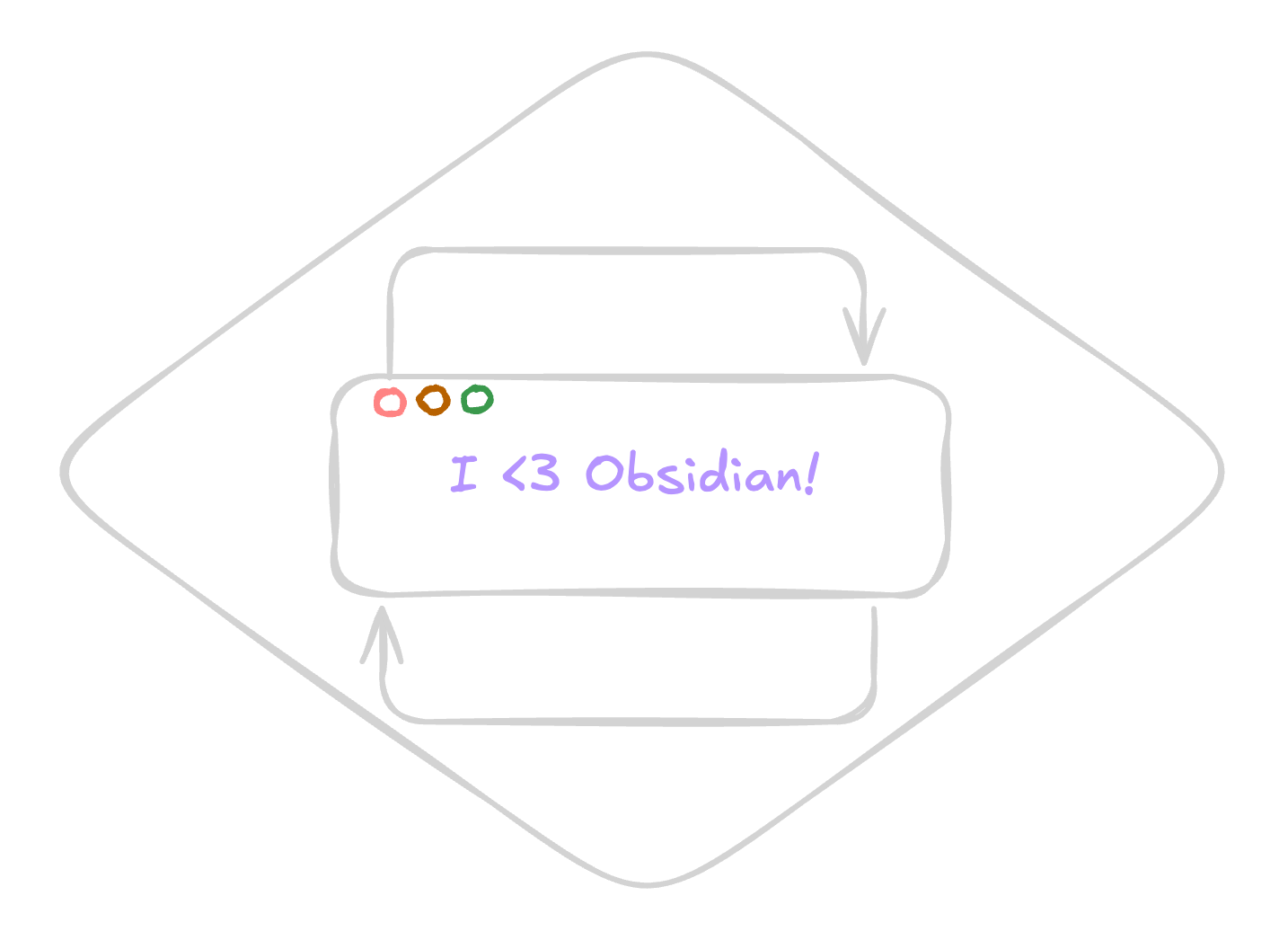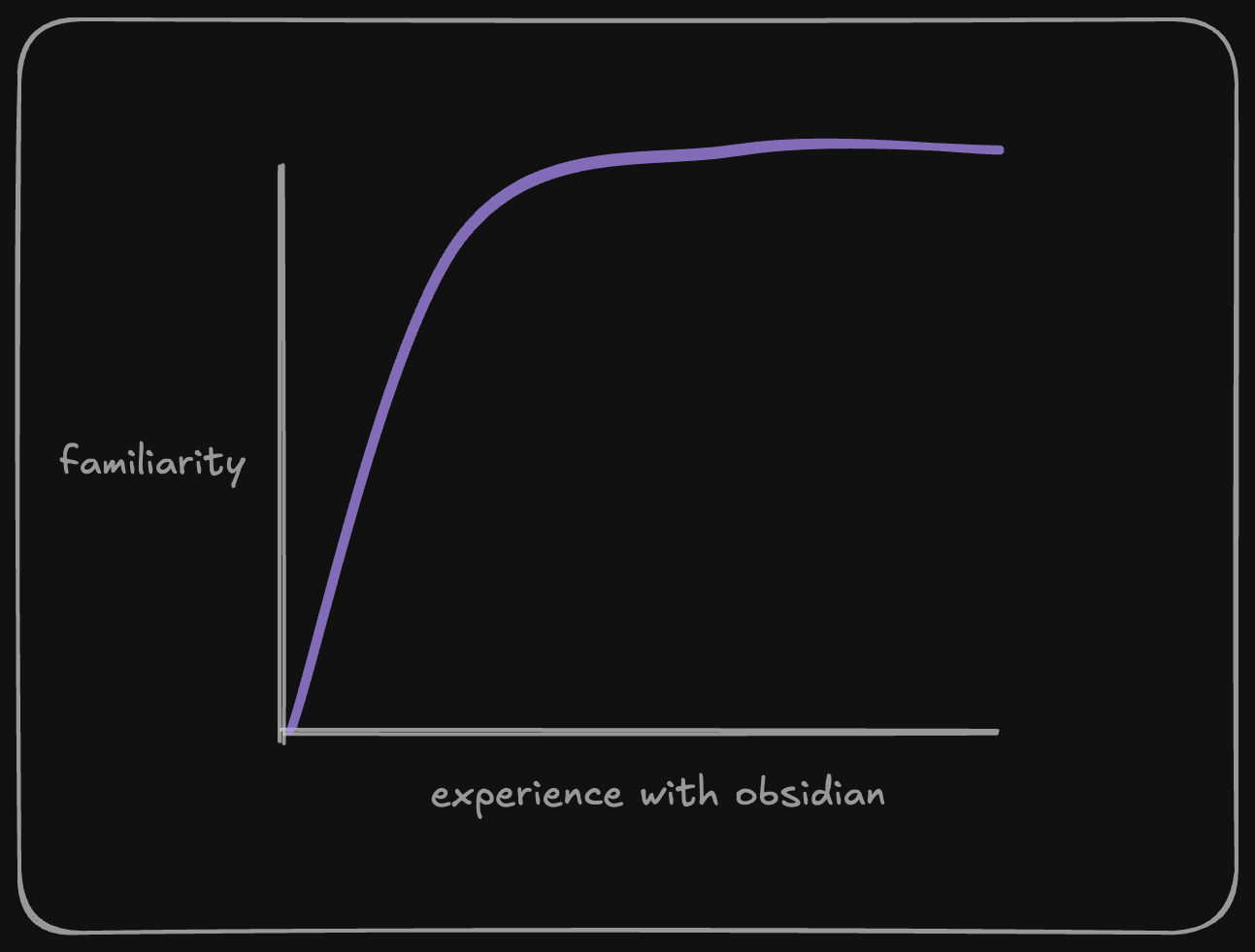Obsidian, My Way: An overview of my stack

I feel like all “productive” people are like me, they are constantly iterating their tools, and one of the most crucial tools is your note-taking system. For me, my search ended with Obsidian, and I'm on a mission to convert as many people I can to it!
The biggest hurdle I've faced with converting said people is the high learning curve. Obsidian is truly amazing, but I would also say it's not for everybody. To truly (in my opinion, at least) get the most juice out of it, much refining and tweaking is needed.

Many times when I opened my Obsidian Vault, an interested person around me would notice, and promptly ask me to show them. Whilst I jump at the chance to get a new Obsidian user onboard (usually showing the graph view does the job), I usually give a few warnings before;
"Yeah it's pretty cool, but it takes some time getting used to"
"If you REALLY want to use it, take out a chunk of time to really dive deep into some of the capabilities, think about what you need and how you are going to make it fit for your usecase"
"If you have an Android / Windows PC, syncing between phone and desktop is going to be a pain in the ass"
Of course, you don't really NEED any additional setup, Obsidian works quite well out of the box. One of my colleagues actually just uses pure, 100% stock Obsidian, and he's been using it for months! He just has one very long file in which he enters new notes every day. Never a new note...
The point of this article is to go over how I use Obsidian, my plugins, and my processes.
The Philosophy
Whilst working on my system, I was heavily inspired by the bullet journal method. In short, it sums down to opening a daily note, for every day, and my notes are separated by timestamps.

I also heavily rely on checkboxes for my task tracking tools. More on that later. For me, this setup gives me the most clarity, and I personally love the hour-by-hour breakdown of my daily timeline. Let's take a dive in!
File Structure
The file structure of Obsidian vaults is usually a pretty opinionated topic (as is with most things Obsidian – which is a feature!). There are many recommendations about file structures being thrown around in the community:
- PARA Method (Projects, Areas, Resources, Archives) — there are some big productivity gurus pushing this system.
- Zettelkasten System — also very popular in the Obsidian community, known for it's interlinking and quick notes, with an “MOC” (glorified table of contents) being used to link the same topics together
- Bullet Journal Style – very effective for daily note-taking, typically revolves around notes being created daily, sorted by date. My option of choice personally!
Let's explore my Vault, and the file system I use!
📁 Root
├── 📁 Attachments
├── 📁 Daily Log
├── 📁 Excalidraw
├── 📁 Knowledge Hub
├── 📁 Meditation
└── 📁 TemplatesTree-view of my folder structure
Attachments: Hosts all the images I have embedded. An amazing, clean solution to having random images tossed around the vault. Read more about attachments in Obsidian.
Daily Log: Holds all my daily notes, created with a template. The notes are all automatically named like YYYY-MM-DD. This is because of sorting. It is much easier to sort and view notes chronologically, since other date systems can be confusing with non-chronological sorting.
Excalidraw: An AMAZING tool I love (all graphics in this post are created with it), and use very often for drawing charts and workflows, so I needed a differentiation between Excalidraw attachments and other attachments. Excalidraw is also available as an Obsidian Community Plugin.
Knowledge Hub: This folder serves as the center to all my non-daily notes. Here I put every other document, and I link them to the appropriate daily note. For example, some notes in this folder: book reviews, interesting links, step-by-step guides to some common problems I have, work-related documents, personal opinions, physics topics (and other sciences I love!) explained and summarized, notable life events captured in the form of a note, etc. Usually, I have no template for these notes (because of their diverse nature).
Meditation: I won't go into the details around this folder too much, but in short I have a template that auto creates with my daily note, serving as a sort of progress tracker for my meditation progress.
Templates: The backbone of my system, I have tons of templates here, most of them only used a few times, but some used on a daily basis. Templates are super powerful in Obsidian, and help you easily maintain a structure such as this one.
Plugins
Plugins are amazing in Obsidian! The community that makes them, even more so! They give Obsidian a lot of functionality that does not come out of the box.
In this section, we will go over some of my must-have plugins:
- Calendar – The calendar plugin is great for us bullet journalers, allowing us to easily flip between daily notes from previous days, easily creating new daily notes (by clicking on the current date). Some customization is required for this to work. Check it out here!
- Dataview – A super powerful plugin, which I definitively don't have the time (or word count) to go into enough. Dataview is used for querying notes. In my daily note, I have a section with the notes created on the day the daily note is related to. This is an astounding tool and is very, very much worth learning.
- Templater – Templater is basically the workhorse of my stack. Now, Obsidian does have a native templating system, but I needed additional features, for my purposes.
Folder Templates, which allow you to automatically fill a specific template in one specific folder. For me, that would be filling the daily note template in my Daily Log folder. The magic comes in when you also use the Calendar plugin to look into the Daily Log folder for notes, then I can create a new daily note by clicking on a date, with the template already entered! :)- Periodic Notes – Along with Calendar and Templater, Periodic Notes creates the magic trio. Periodic Notes is a super simple plugin, handling the daily note logic for the Calendar. It also supports Weekly, Monthly, Quarterly and Yearly notes. We only use the Periodic Notes to tell Calendar where we are creating notes. (Calendar also supports weekly notes, if you have such a use)
Conclusion
This post originally started as an introduction to Obsidian, but throughout writing it I pivoted towards writing about my stack, since I've felt I wouldn't do justice to you skipping over really important details.
If you are on the edge, thinking about trying Obsidian, I would tell you to just jump in and give it a go! There are always other tools if Obsidian doesn't work for you. Personally, I think Obsidian works for you, if you make it so :)
Make sure to join if you want more Obsidian posts. Other posts also coming soon :)).